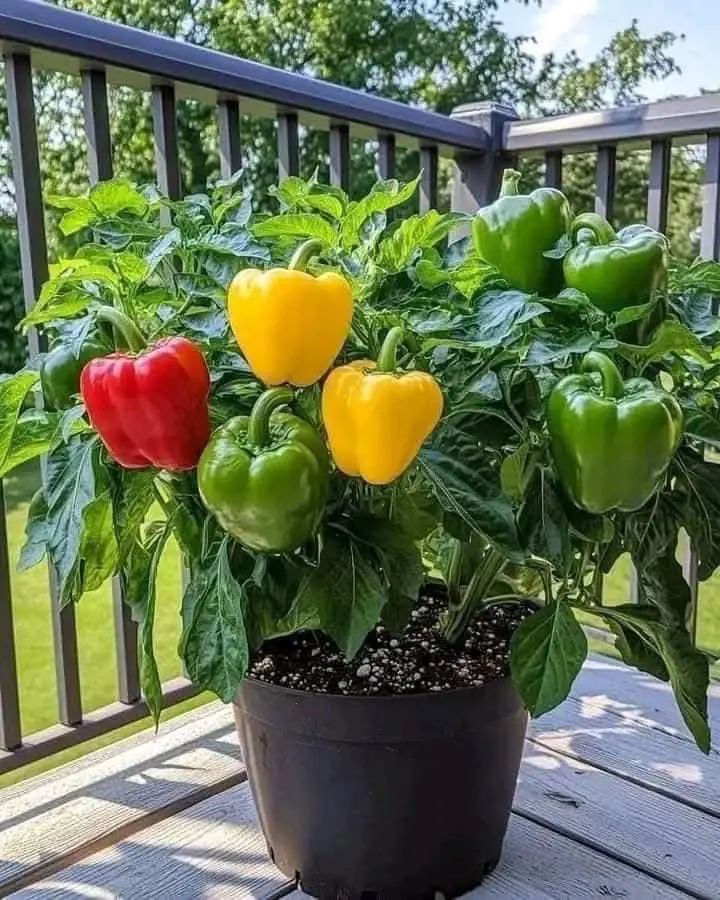
How to Grow Kiwi in Containers at Home

Kiwi fruit, also known as the Chinese gooseberry, is a nutrient-packed fruit that's both delicious and easy to grow at home with a little care and attention. It’s known for its unique, tangy flavor and is packed with vitamin C, fiber, and antioxidants. Whether you have a small backyard or a larger garden, you can grow your own kiwi vine and enjoy fresh fruit straight from your garden. This comprehensive guide will walk you through the essential steps to successfully grow kiwi, from selecting the right variety to harvesting your fruit.
1. Choose the Right Kiwi Variety
There are two main types of kiwis: the traditional fuzzy kiwi (Actinidia deliciosa) and the hardy kiwi (Actinidia arguta), also known as baby kiwi or Arctic kiwi. The fuzzy kiwi is what most people are familiar with, but the hardy kiwi is smaller, smoother, and can be eaten whole without peeling. It’s also more cold-tolerant, which makes it a good option for areas with colder climates.
-
Fuzzy Kiwi: Best for warmer climates. It requires a long growing season and can be grown in USDA zones 7-9.
-
Hardy Kiwi: Ideal for colder climates (zones 4-8). It can tolerate winter temperatures down to -25°F (-32°C), making it perfect for areas with harsh winters.
2. Planting Kiwi Vines
Kiwi vines require a lot of space to grow, as they are vigorous climbers. The vines need support, so installing a trellis or arbor will help keep them healthy and productive. Here's how to plant them:
-
Select a sunny location: Kiwi vines need full sun for at least 8 hours a day. Choose a spot with well-drained, fertile soil that is rich in organic matter.
-
Prepare the soil: Kiwi vines prefer slightly acidic to neutral soil (pH 6.0 to 6.5). If your soil is too alkaline, amend it with organic compost to improve soil structure and fertility.
-
Spacing: Plant kiwi vines about 10 to 15 feet apart to allow for proper growth and airflow.
-
Planting: Plant your kiwi vines in early spring after the last frost. Dig a hole large enough to accommodate the root ball, place the plant in the hole, and cover the roots with soil. Water well after planting.
3. Pruning and Training Kiwi Vines
Pruning and training kiwi vines are essential for proper growth and fruit production. Kiwi vines are deciduous and can grow rapidly, so regular pruning helps maintain their shape and encourages better fruit yield.
-
Training: Train your kiwi vines onto a trellis or arbor as they grow. The vines will naturally climb, so provide them with support to prevent sprawling on the ground.
-
Pruning: Kiwi vines should be pruned annually in late winter or early spring before new growth begins. Focus on cutting back any dead or weak growth, as well as thinning out dense areas to improve airflow and sunlight penetration.
4. Pollination: Male and Female Vines
Kiwi vines are dioecious, meaning that male and female flowers grow on separate plants. To get fruit, you need at least one male vine for every 6-8 female vines for proper pollination.
-
Selecting Male and Female Vines: Choose both male and female varieties from a reputable nursery. The male kiwi vine typically produces small, inconspicuous flowers, while the female flowers are larger and more showy.
-
Pollination Tips: Ensure that the male and female vines are close enough for bees and insects to pollinate the flowers. If you don’t have enough bees in your garden, you can also hand-pollinate the flowers using a soft brush to transfer pollen from the male to the female flowers.
5. Watering and Fertilizing Kiwi Vines
Proper watering and fertilization are critical to growing healthy kiwi vines and ensuring good fruit production.
-
Watering: Kiwi vines require a lot of water, especially during the growing season. Keep the soil consistently moist but not waterlogged. Deep watering is recommended to encourage deep root growth.
-
Fertilizing: Apply a balanced fertilizer (such as 10-10-10) in early spring to promote healthy growth. You can also side-dress with compost or organic matter throughout the growing season.
6. Protecting Kiwi Vines from Pests and Diseases
While kiwi vines are generally hardy, they can be susceptible to certain pests and diseases. Some common issues include:
-
Pests: Aphids, spider mites, and scale insects can attack kiwi vines. Use insecticidal soap or neem oil to control these pests.
-
Diseases: Kiwi vines can also be prone to fungal diseases like powdery mildew and root rot. Ensure that your plants are properly spaced to allow good airflow and avoid overwatering, which can promote fungal growth.
7. Harvesting Kiwi
Kiwi vines typically start producing fruit in 3-4 years if grown from a grafted plant, or 5-7 years if grown from seed. The fruit is ready to harvest when it is slightly soft to the touch but not mushy.
-
How to Harvest: Gently twist the fruit off the vine. It’s best to harvest kiwi slightly before they’re fully ripe, as they will continue to ripen after being picked.
-
Storage: Store unripe kiwi at room temperature for a few days until they soften. Once ripe, they can be stored in the refrigerator for up to a week.
8. Enjoy Your Homegrown Kiwi
After all the care and patience, you can enjoy the sweet, tangy fruit of your labor. Fresh kiwi is a delicious addition to fruit salads, smoothies, desserts, or simply enjoyed on its own. You can also freeze kiwi for later use or make homemade jams and preserves.
Conclusion
Growing kiwi at home can be a rewarding experience for gardeners who are willing to invest the time and effort. Whether you choose to grow fuzzy kiwis or the hardy kiwi varieties, with proper care and attention, you can enjoy fresh, homegrown fruit. By following these simple steps - from choosing the right variety and planting them in the right conditions to pruning, pollinating, and harvesting - you'll be on your way to growing your own delicious kiwi tree. Happy gardening!
News in the same category

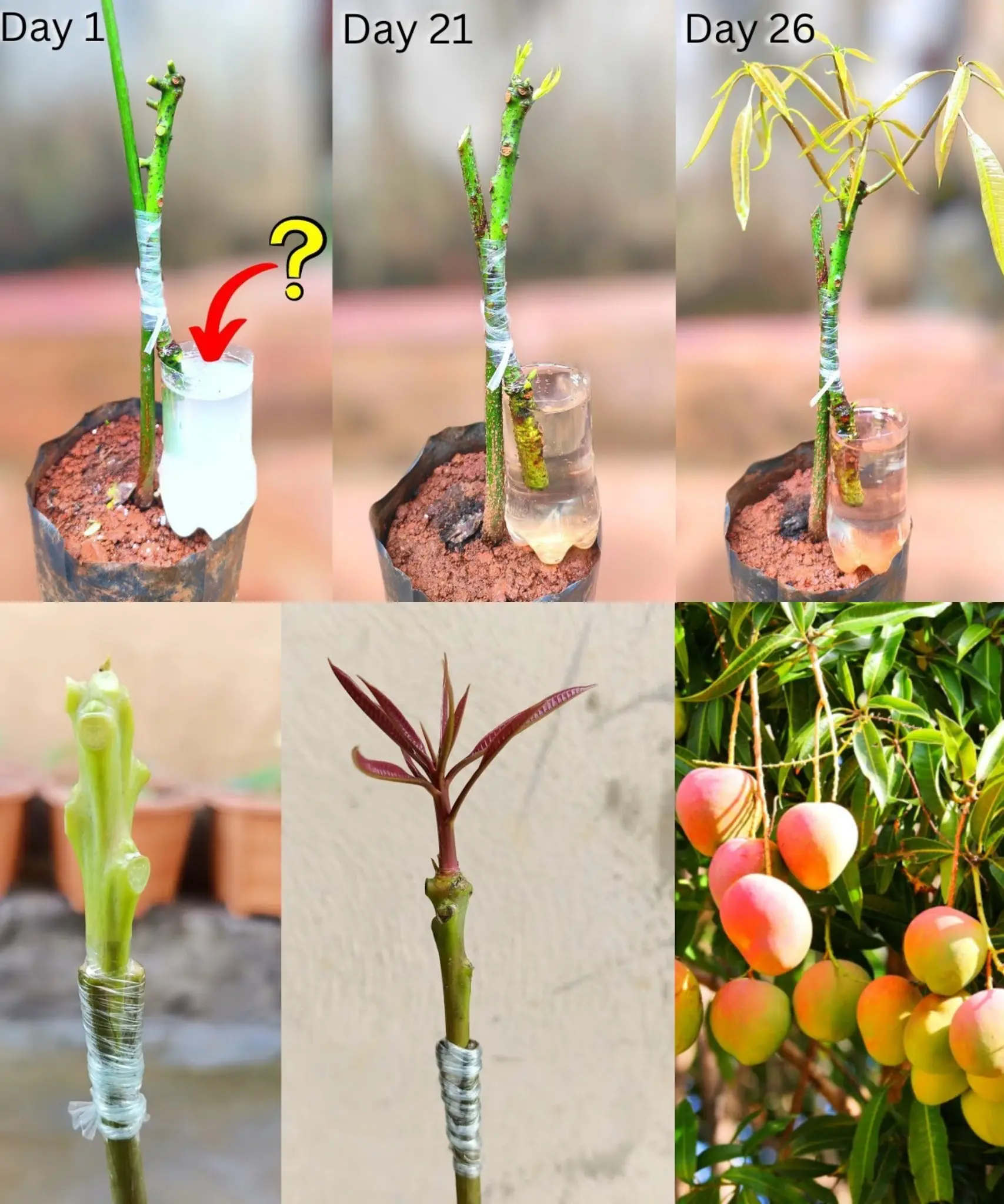
How to Plant a Mango Seed and Successfully Grow
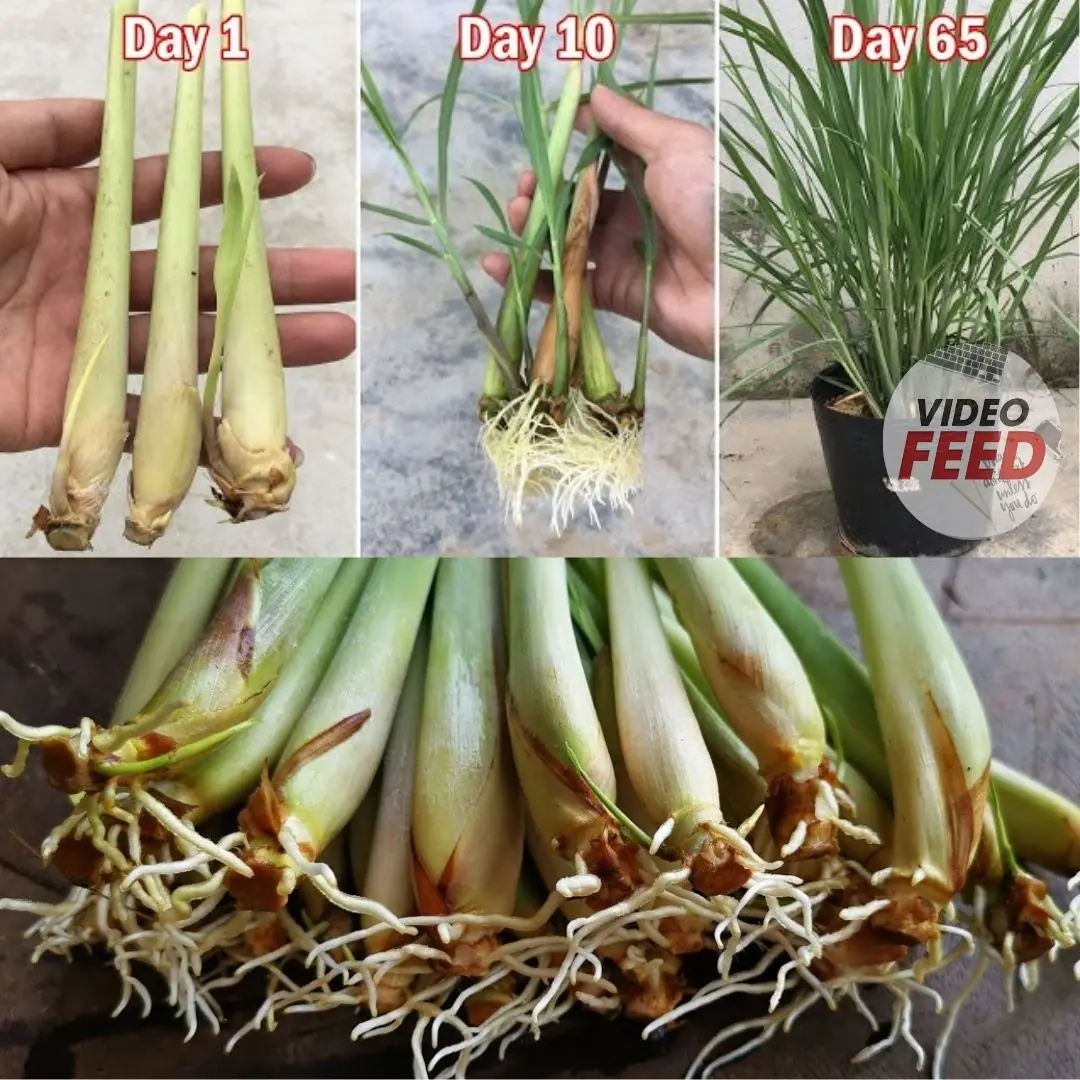
Secrets to growing lemongrass at home – easy to do, suitable for beginners
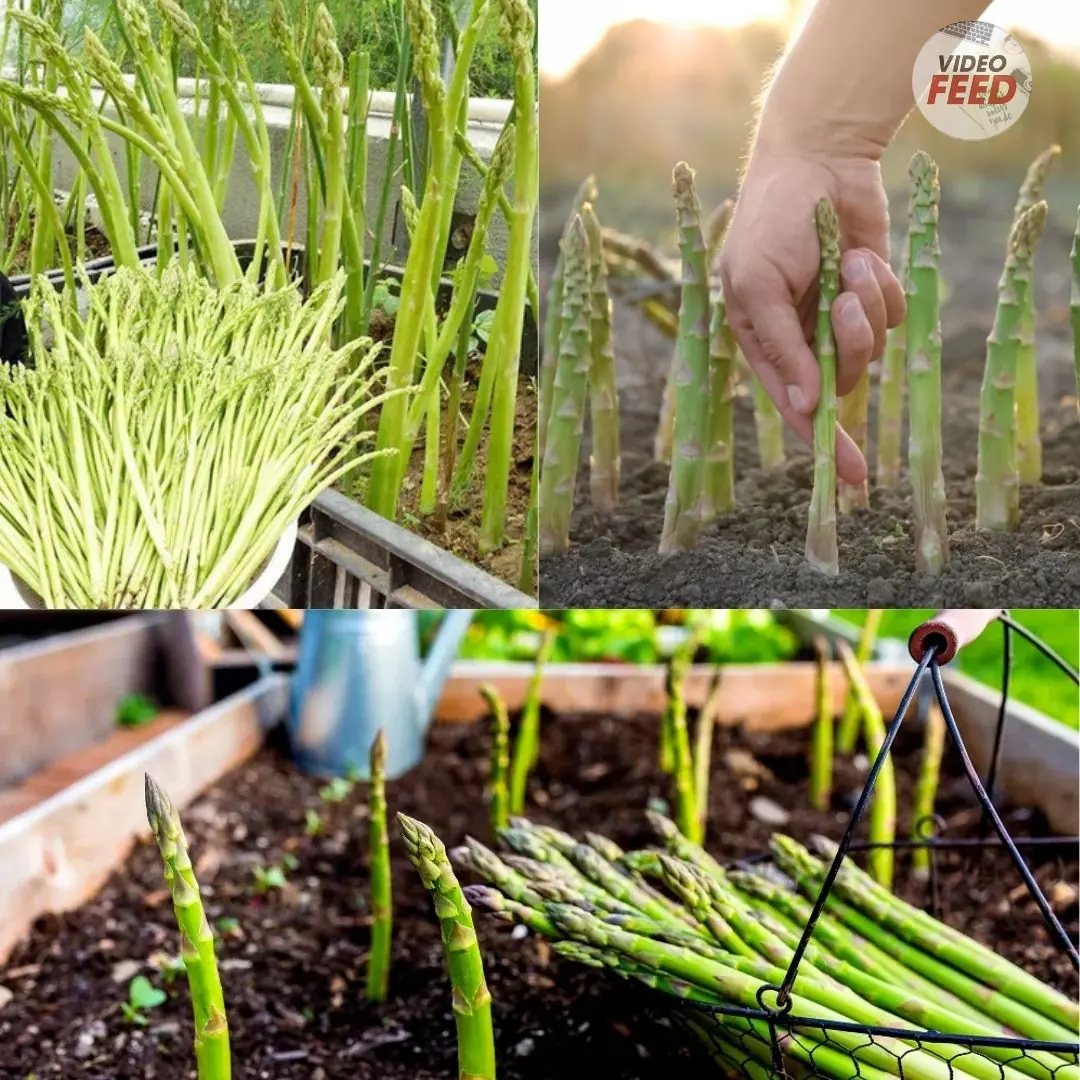
Grow Your Own Asparagus Plants
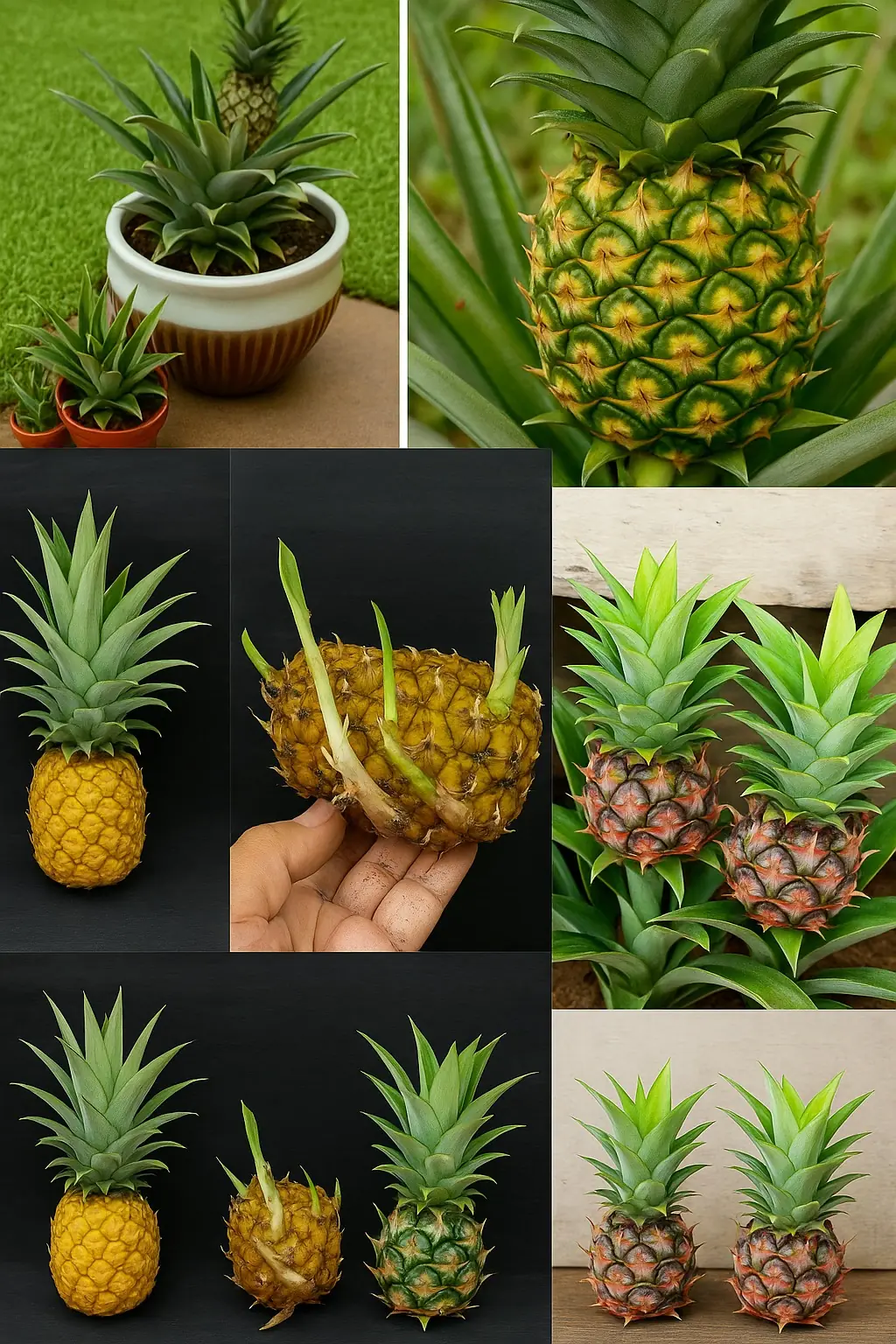
How to Grow a Pineapple at Home: Simple and Fast
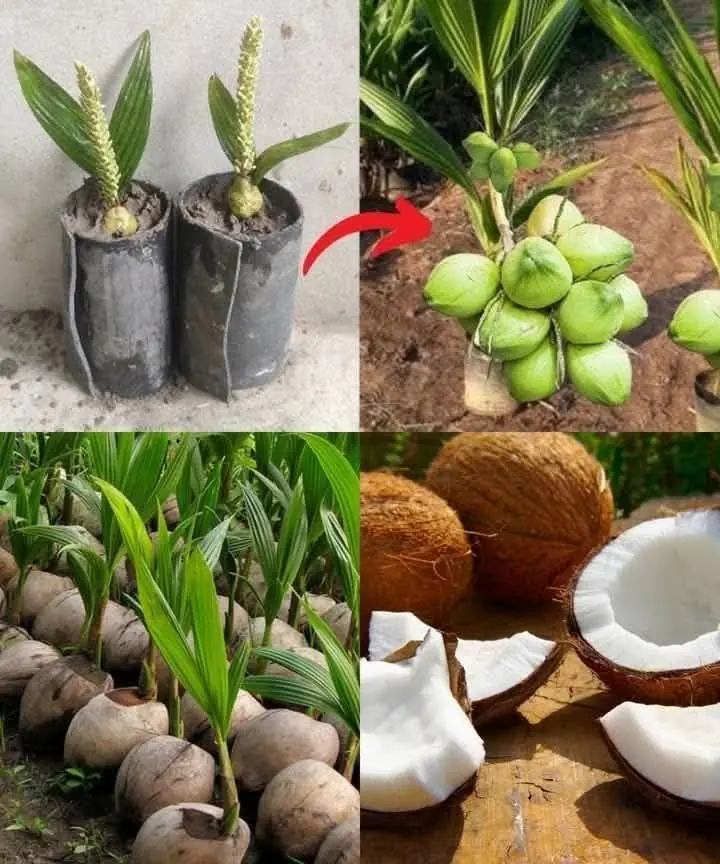
How To Grow Coconut Tree From Coconut Fruit
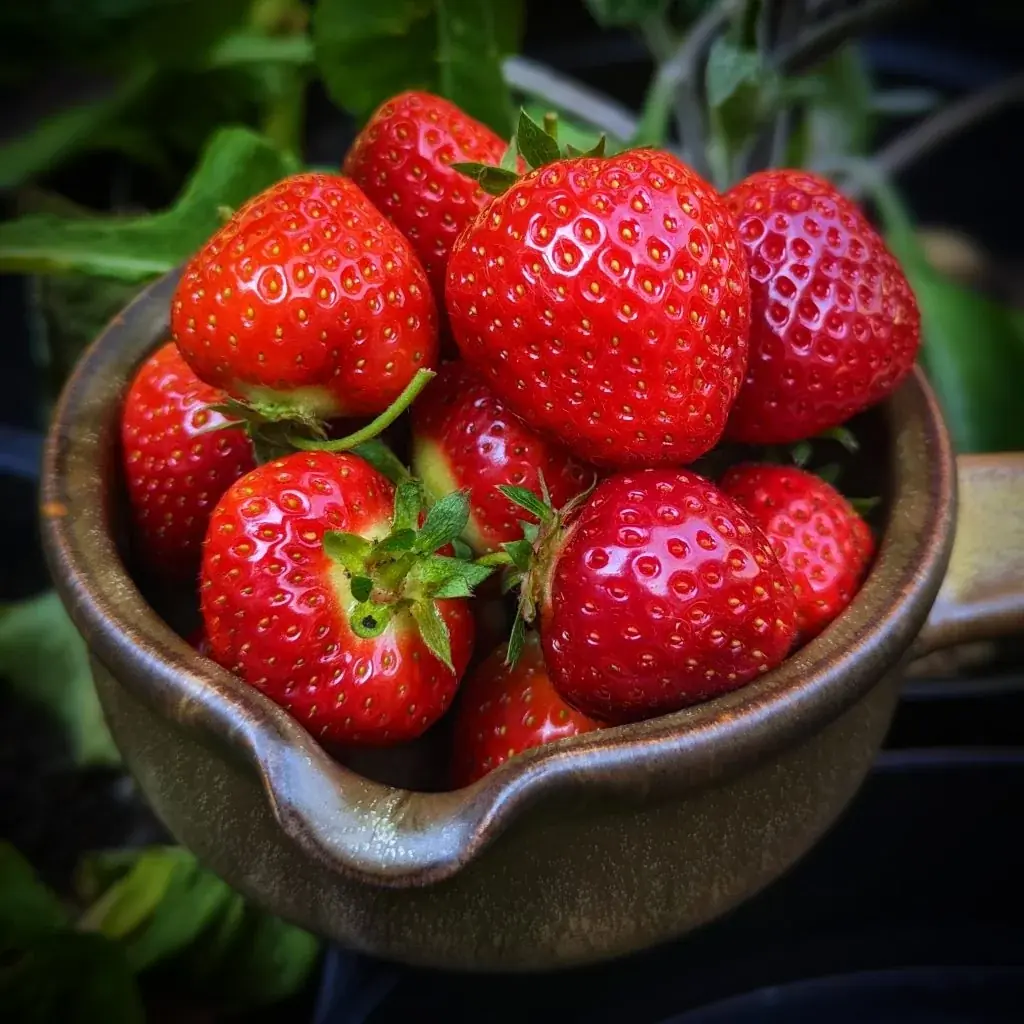
How To Grow Strawberries From Seed
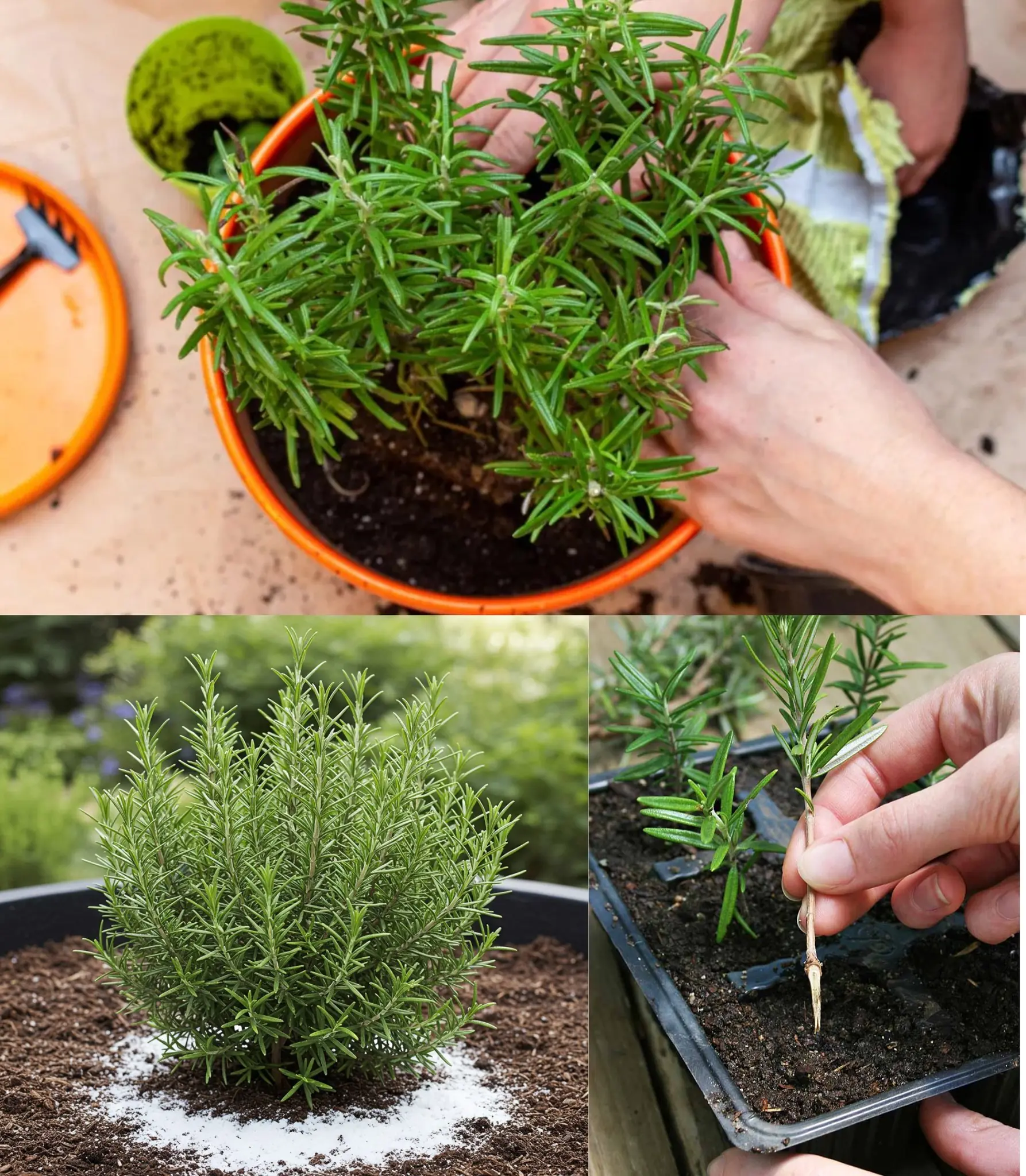
Rosemary Never Dries Again – Here’s the Gardener’s Trick!
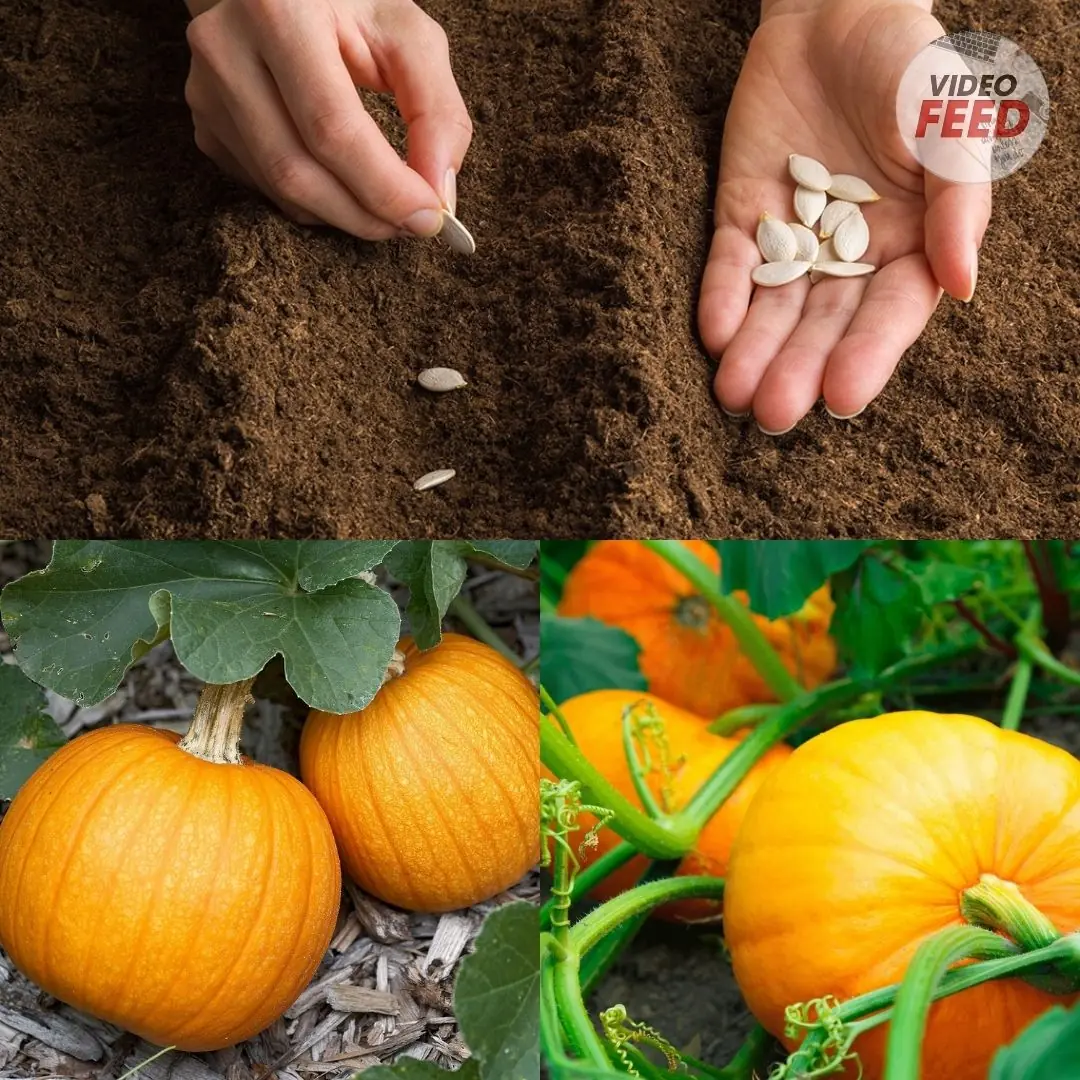
How to Grow Pumpkins in Your Home Garden
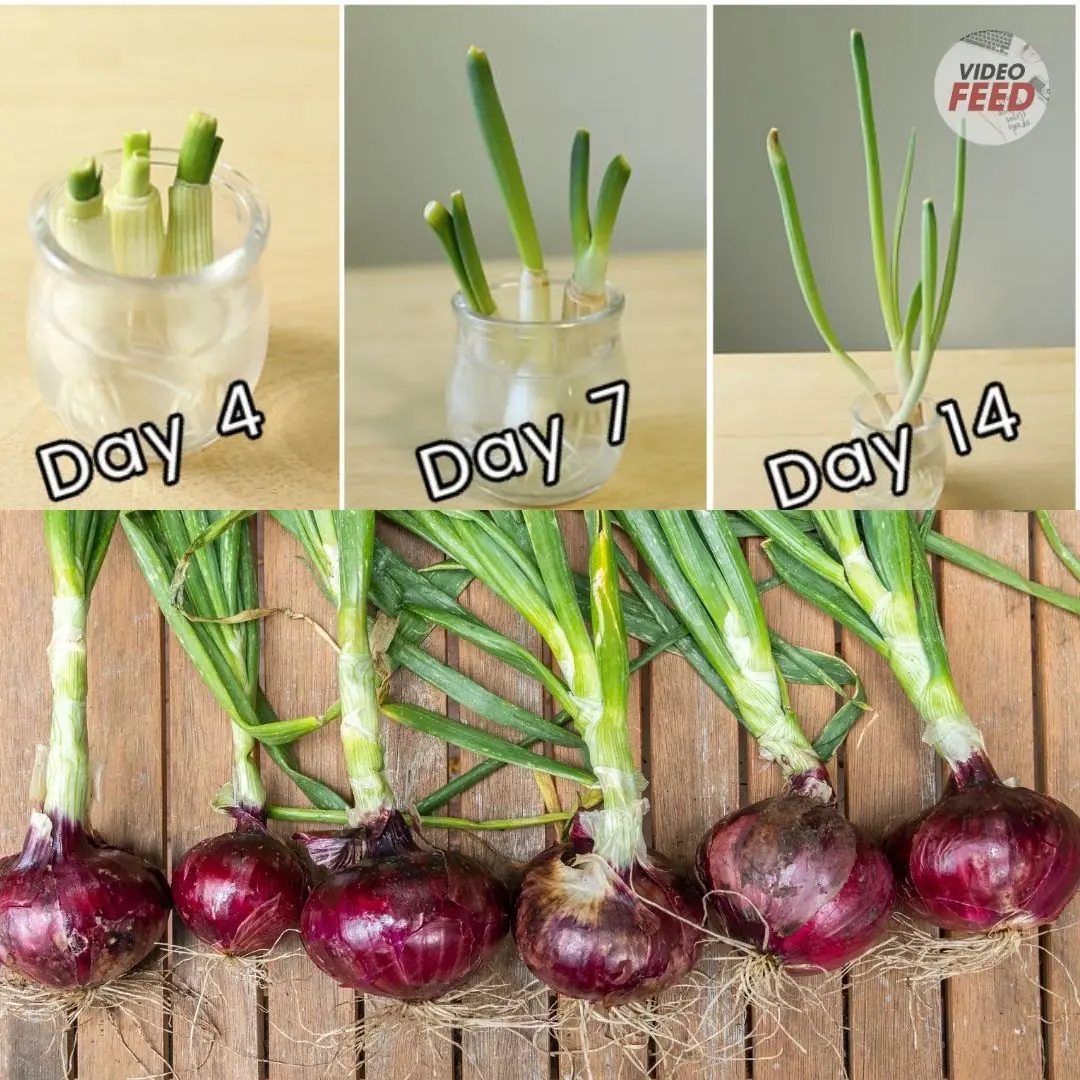
How to Grow and Care for Red Onions in the Garden
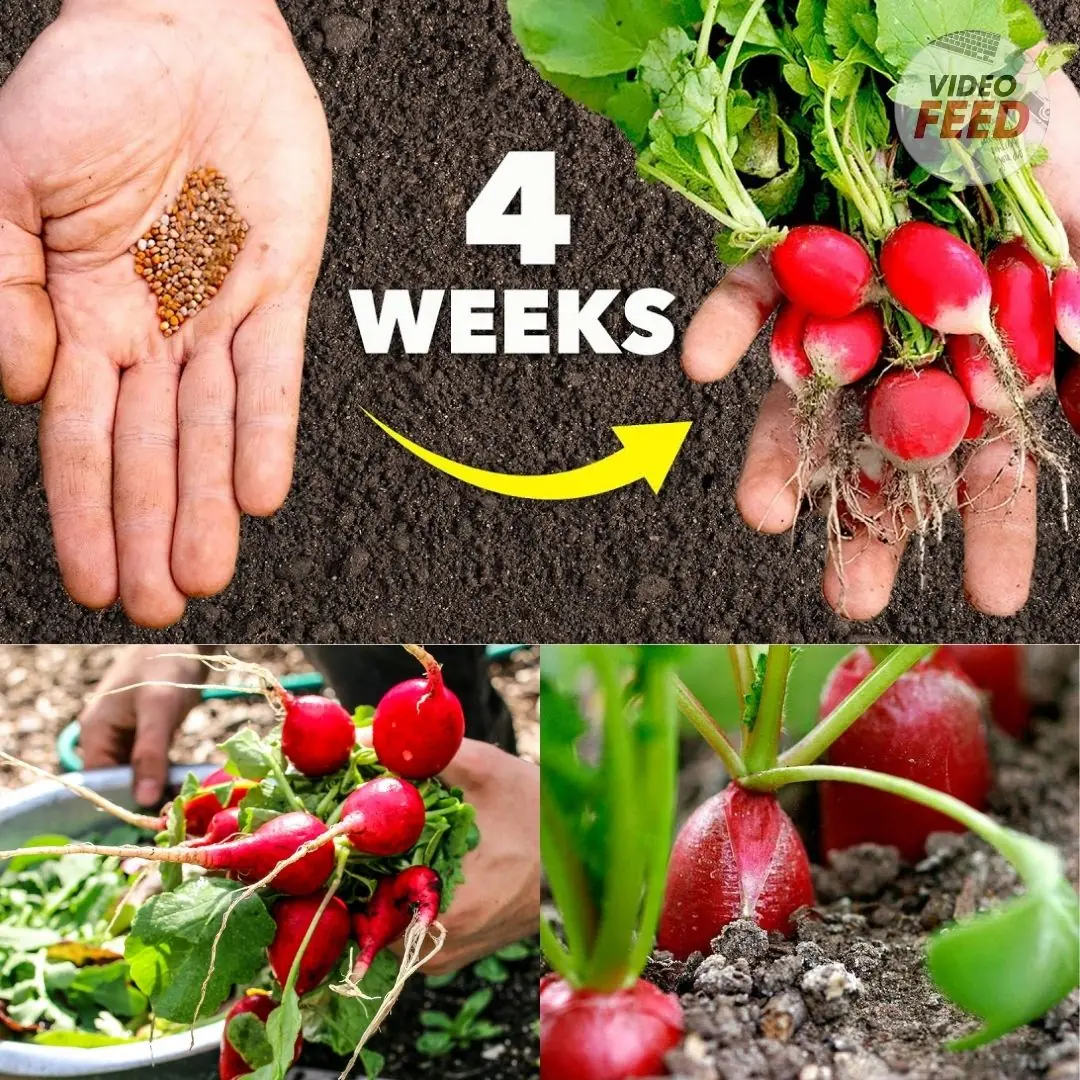
6 Easy Steps to Plant Radish Seeds in an Organic Kitchen Garden
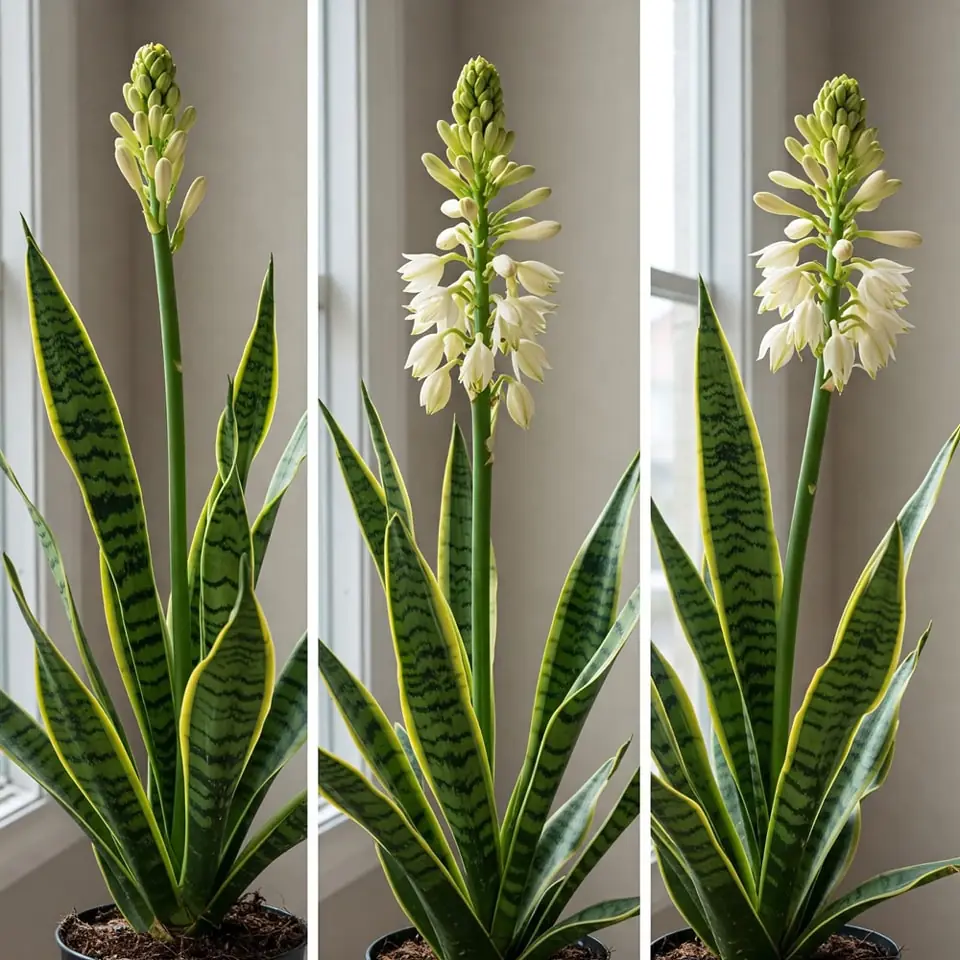
Snake Plants and Their Rare Blooming Phenomenon: A Guide to Encouraging Flowers
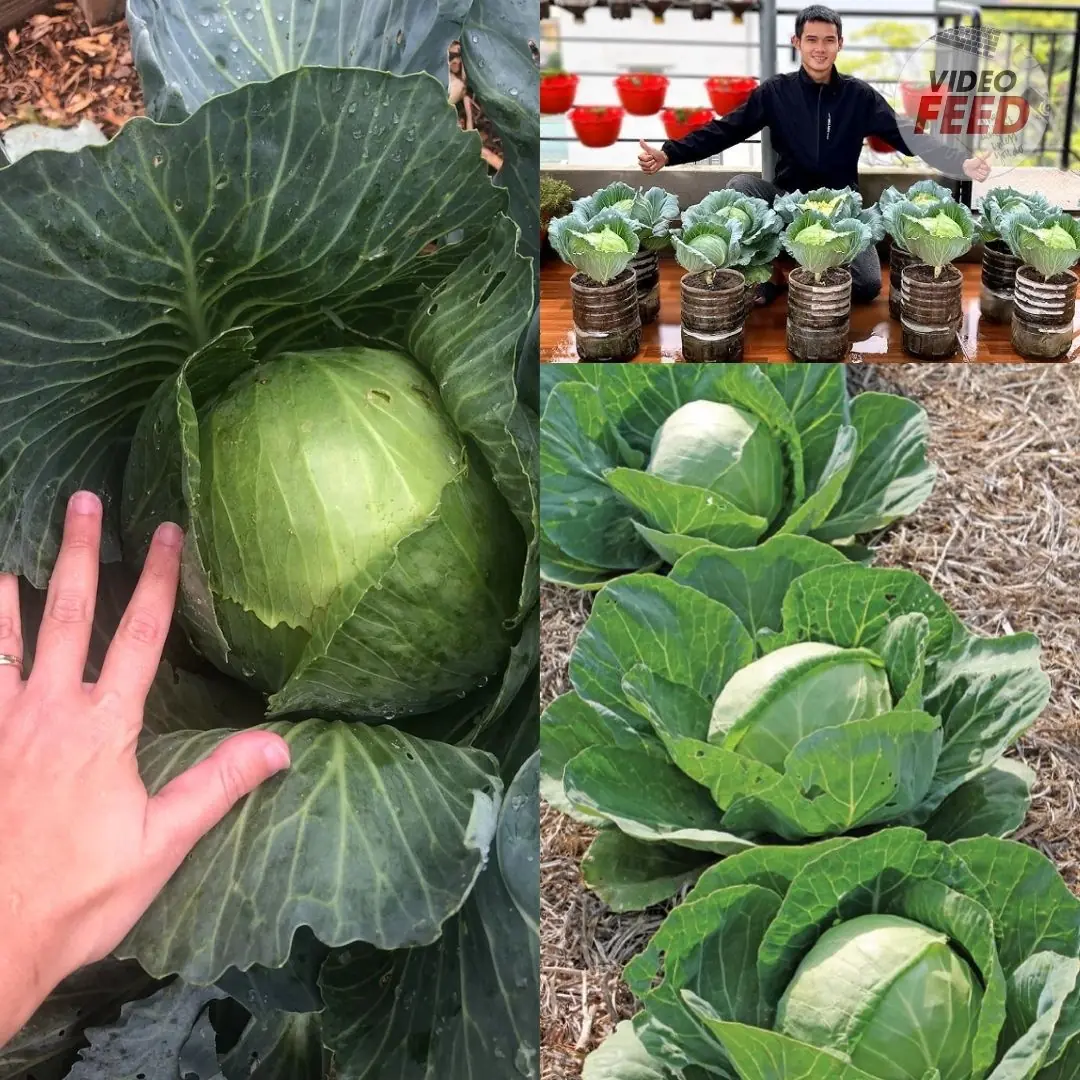
How to Grow Cabbage: 10 Tips for a Successful Harvest
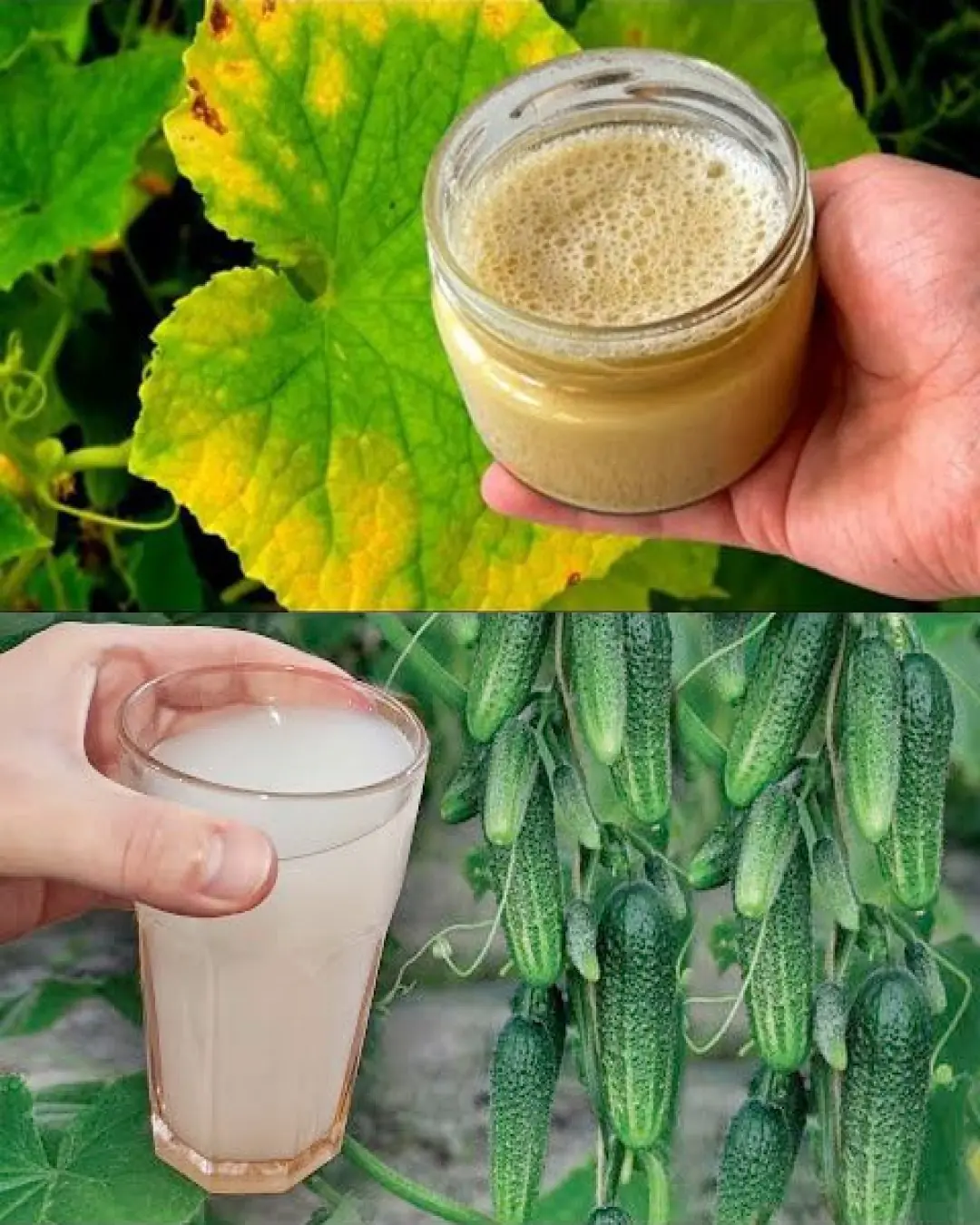
The Power of Yeast: A Natural Booster for Growing Tomatoes, Peppers, and Cucumbers
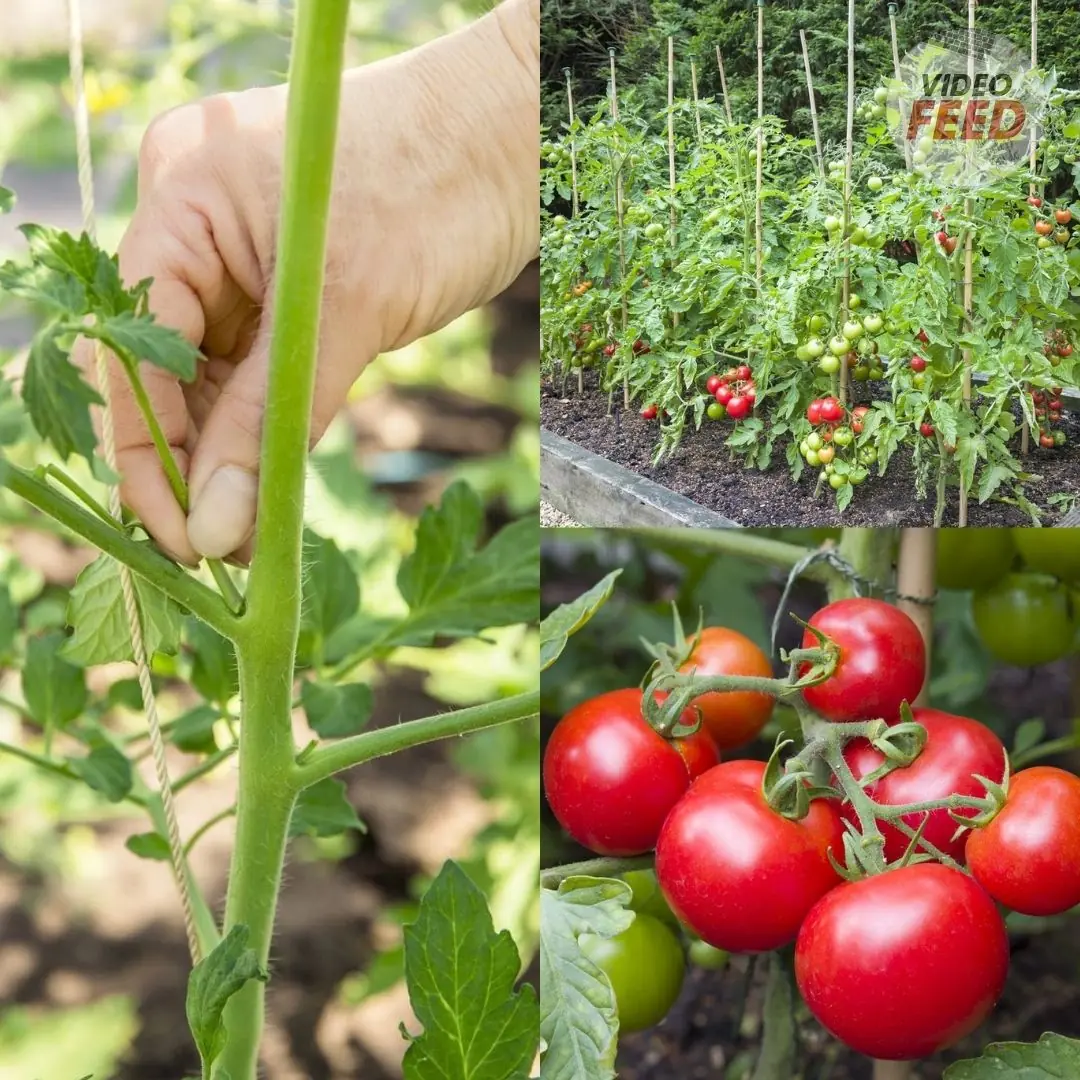
The 8 Biggest Tomato Growing Mistakes, According to Experts
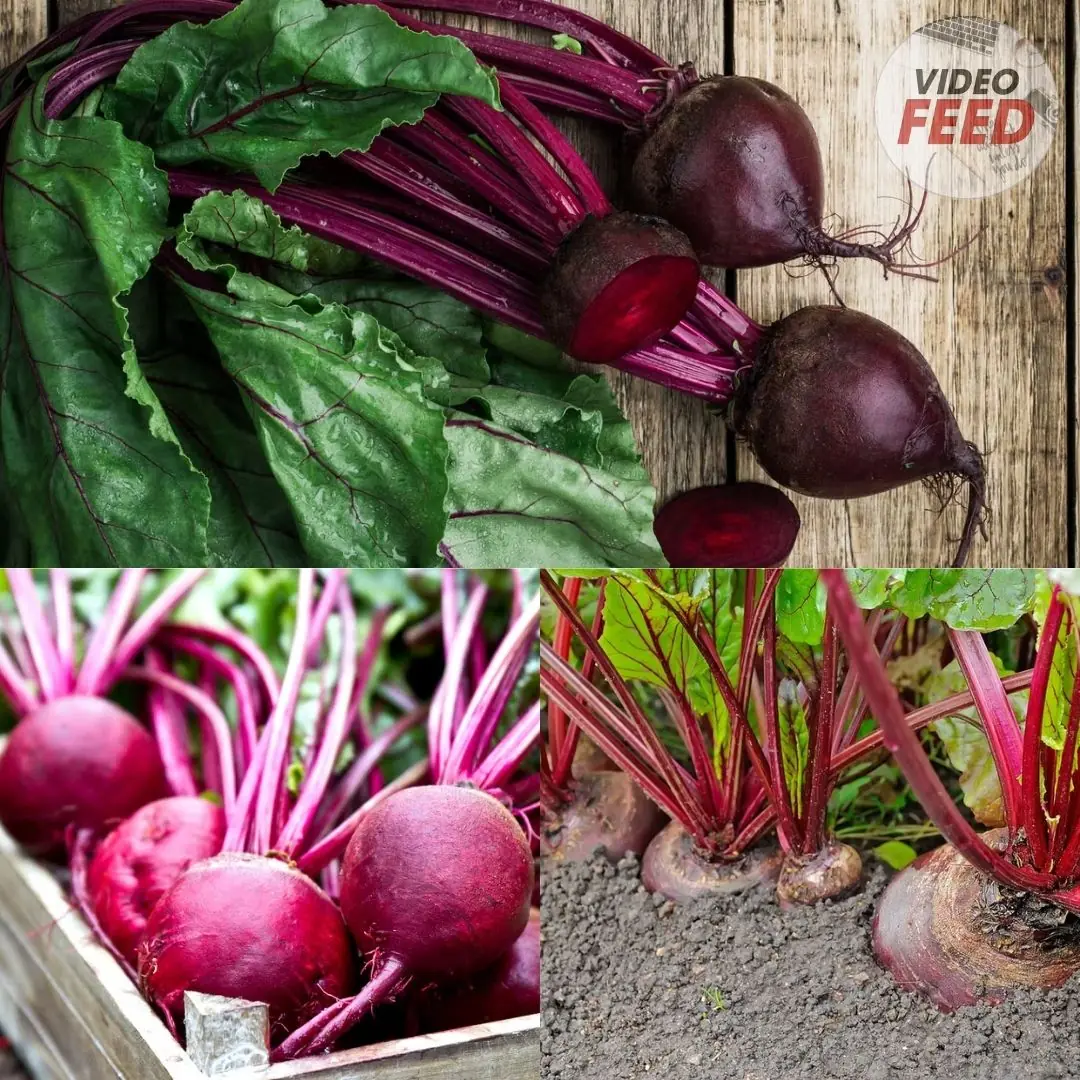
How to Grow Beets This Fall for a Hearty Autumn Harvest
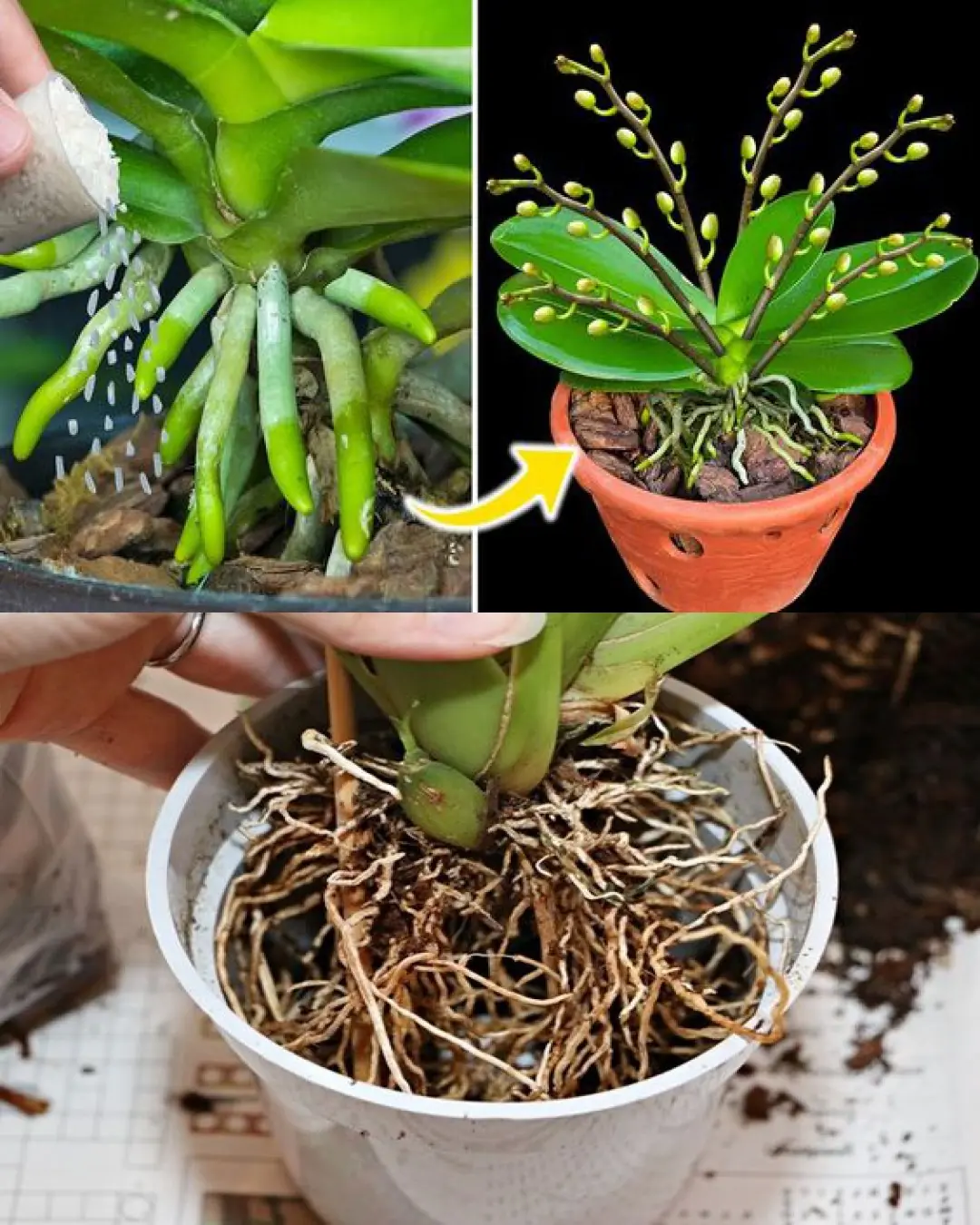
Deciphering Orchid Roots: Reasons They Extend Beyond Pots and Recommended Actions
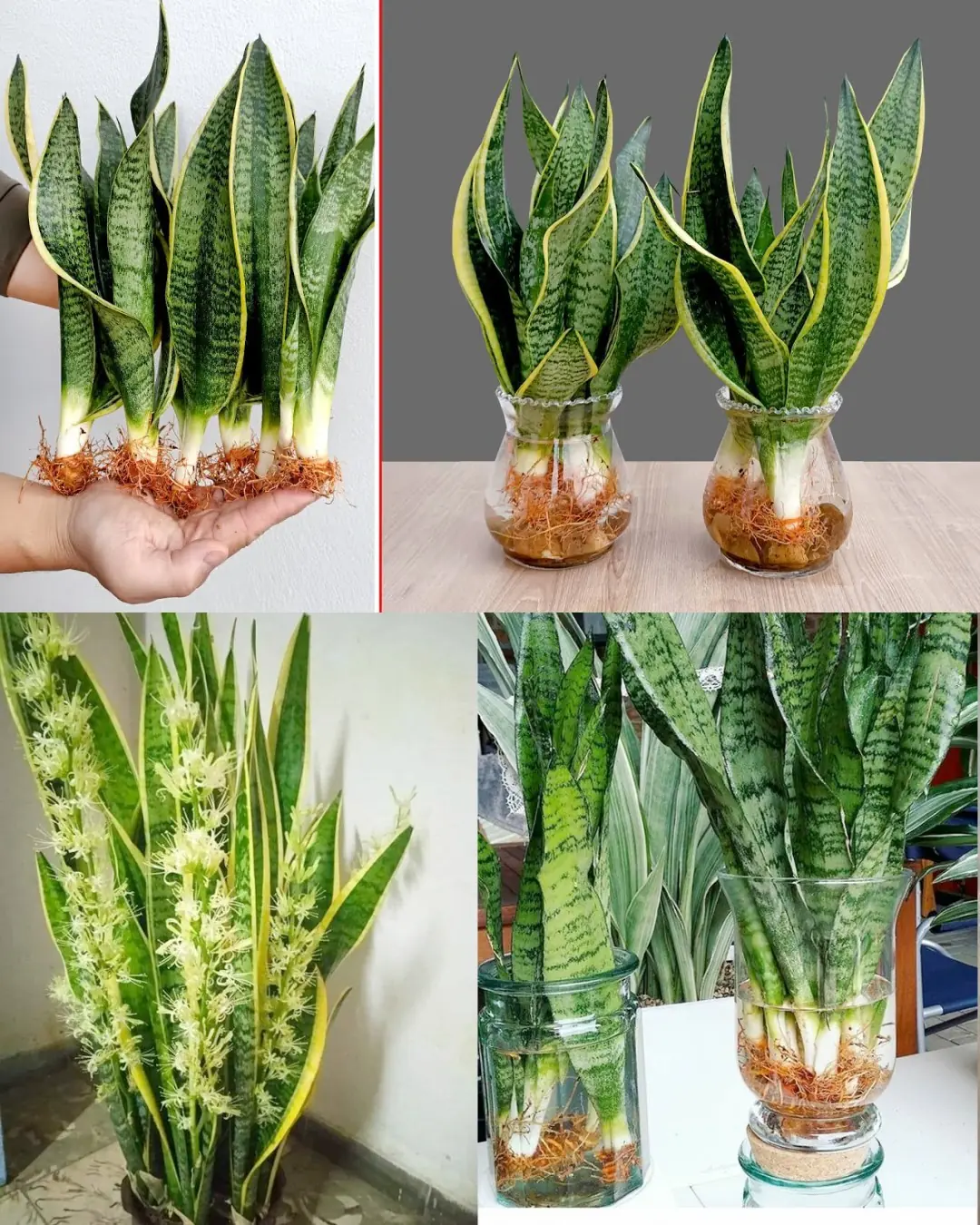
How to Multiply Your Sansevieria Quickly: From One Plant to a Thriving Collection
News Post

15 Years Can.cer-Free: Japanese Doctor Shares 5 Simple Habits to Keep Can.cer Cells from Returning

3 familiar household items that are harmful to health

6 eating habits that silently destroy your health

Diabetics are ‘very afraid’ of a spice that is abundant in the market: American experts say it is ‘as good as prescription drugs’

7 “Golden” Summer Vegetables: Fresh, Chemical-Free, and Worth Eating Every Day

Rub Ginger on the Soles of Your Feet Before Bed, and You’ll Experience Its “Miraculous” Health Benefits

When Installing an Air Conditioner, Avoid These 4 Spots to Protect Your Family’s Health

10 Tips for Growing a Big Pepper Harvest

What happens to your body if you drink orange juice every day?
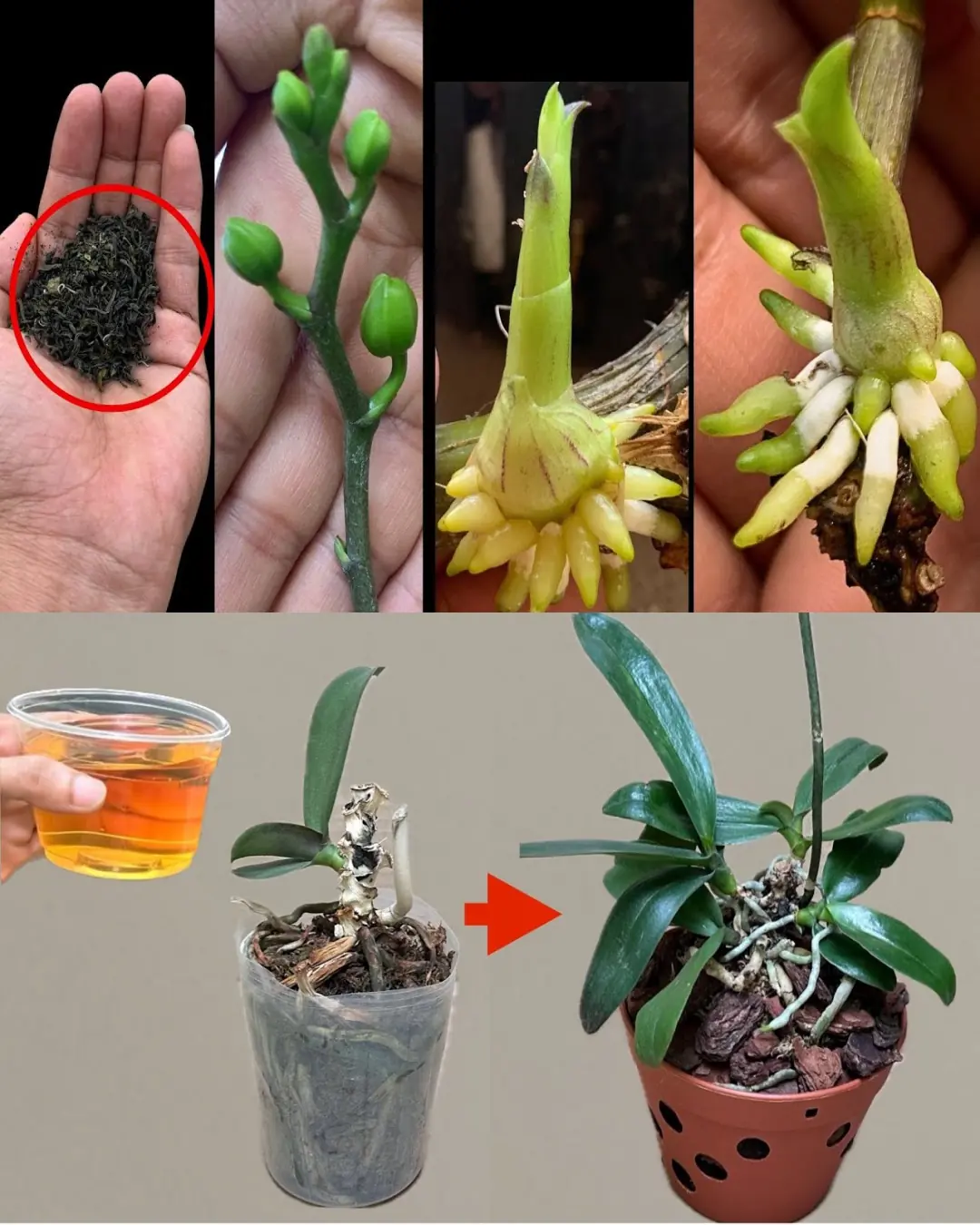
Revitalizing Orchids Using Tea: A Comprehensive Guide with Handy Tips

4 effective ways to ensure your home is free of cockroaches

Are two-headed snakes real? Why does this phenomenon occur?

A cup of hot water can offer many health benefits
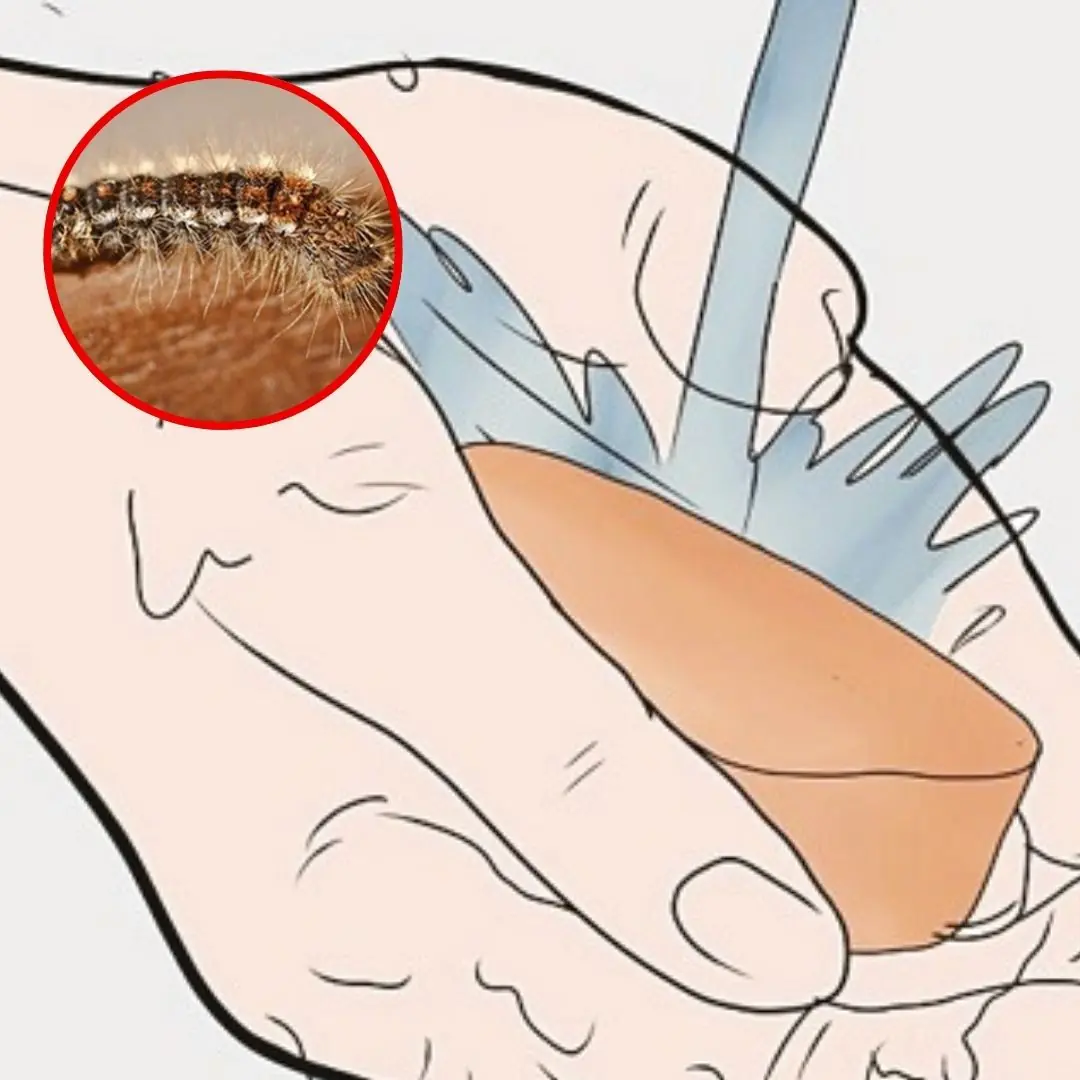
Caterpillar on you: 5 simple steps to treat at home

Otitis media – the “hidden culprit” causing vestibular disorders that many people ignore

Don't drink water before bed but still urinate at night, beware of these 3 diseases

How to Plant a Mango Seed and Successfully Grow

Secrets to growing lemongrass at home – easy to do, suitable for beginners
